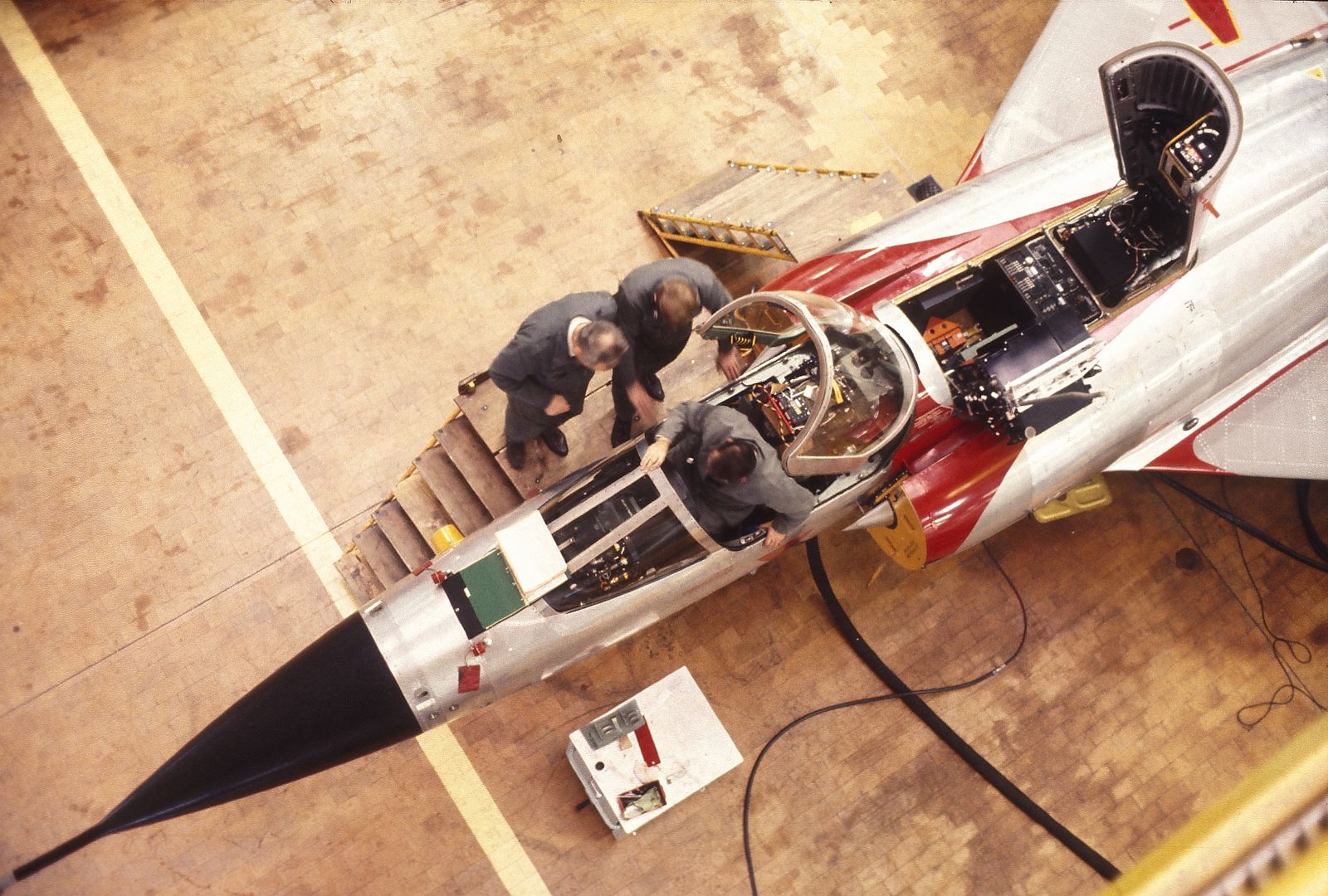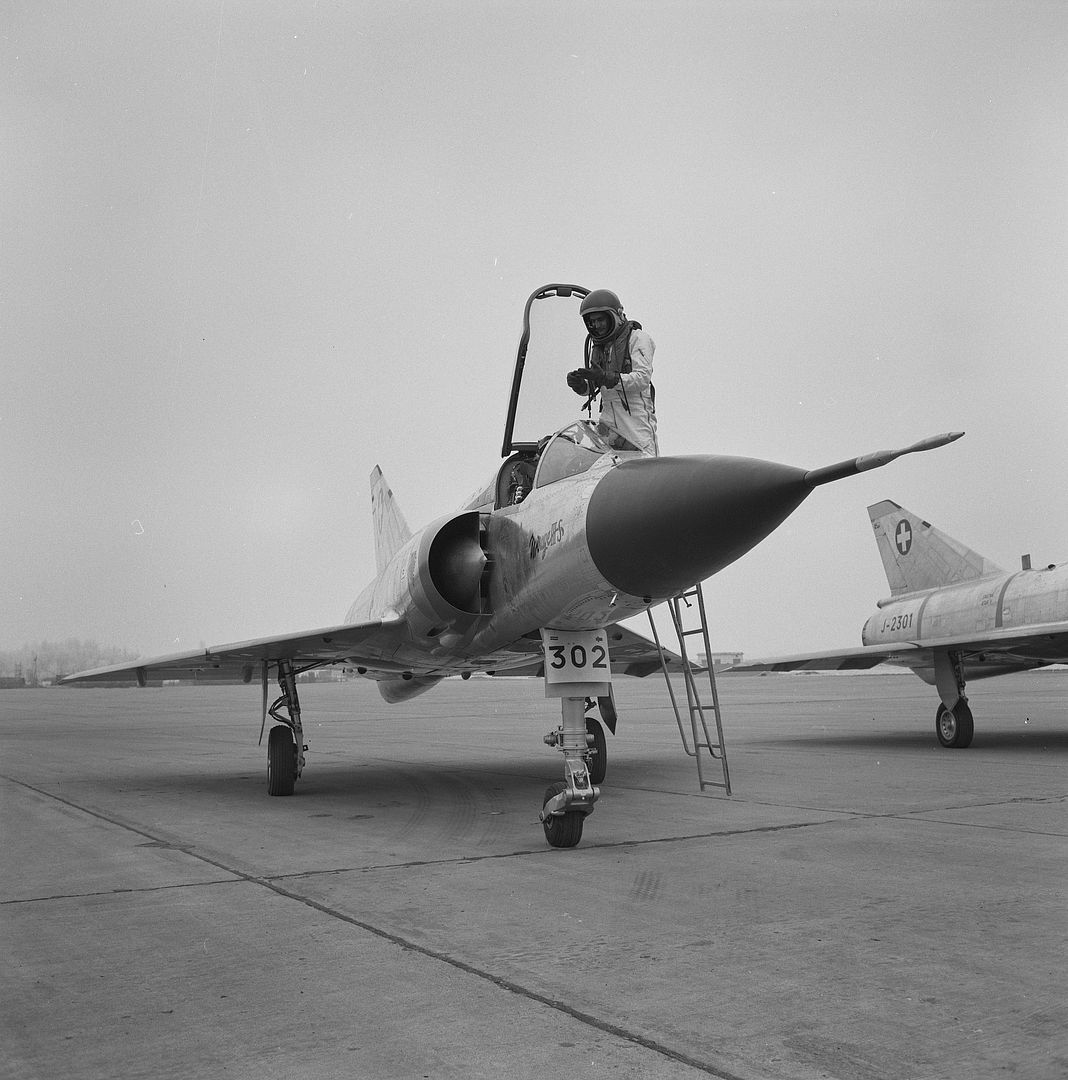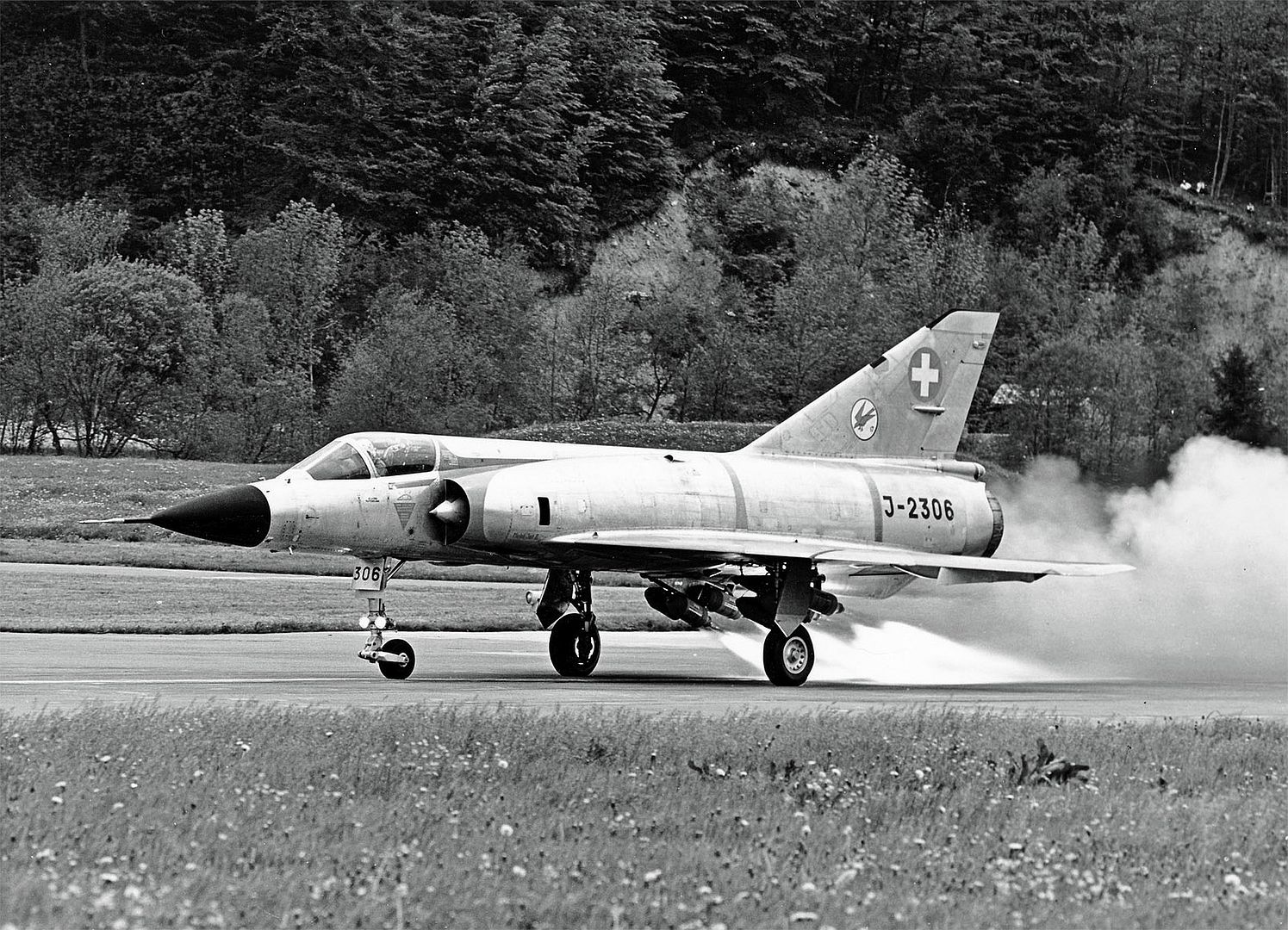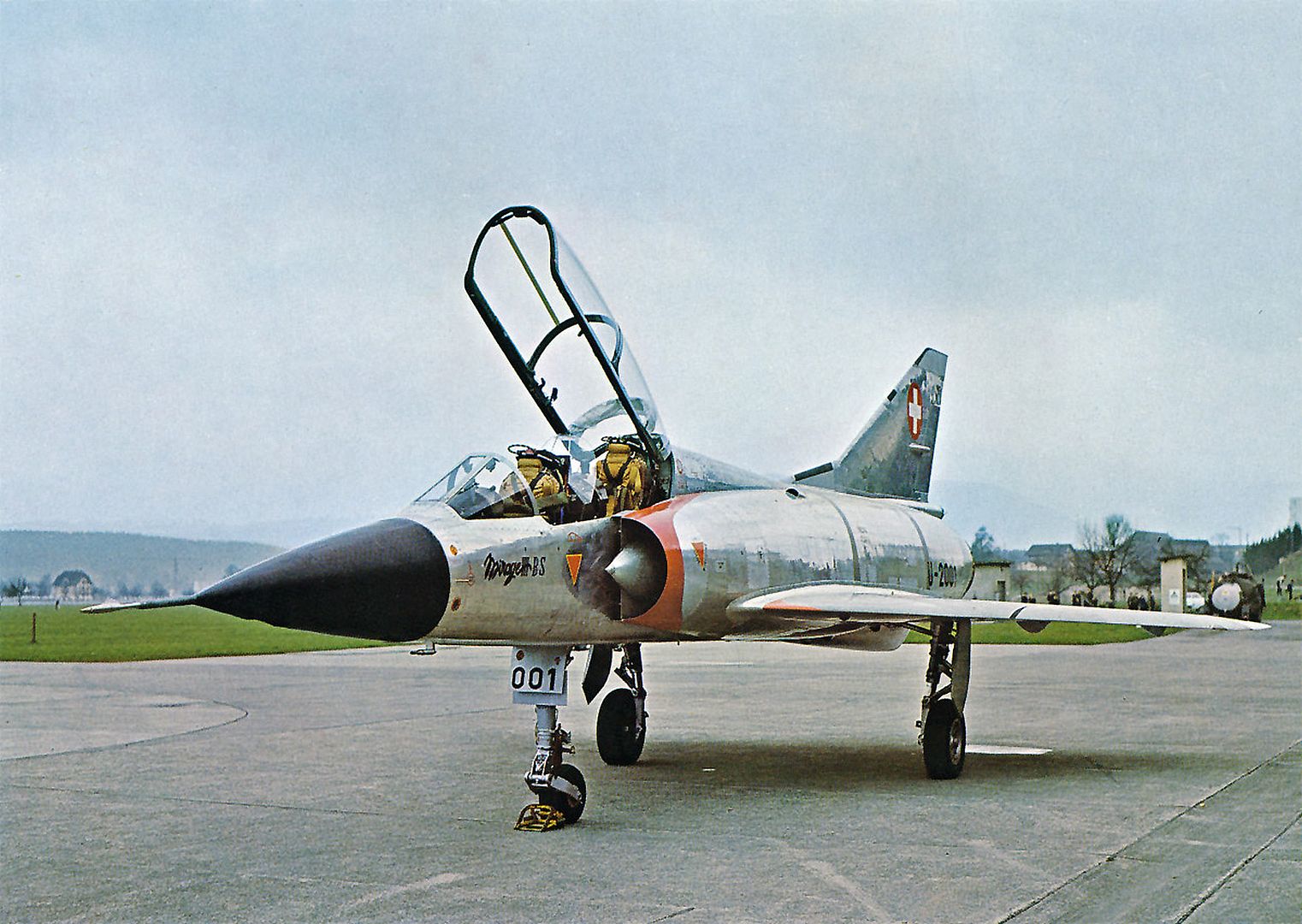Forums
- Forums
- Duggy's Reference Hangar
- Misc Library
- Swiss Mirage IIIS/RS
Swiss Mirage IIIS/RS
Post a reply
- Go to Previous topic
- Go to Next topic
- Go to Welcome
- Go to Introduce Yourself
- Go to General Discussion
- Go to Screenshots, Images and Videos
- Go to Off topic
- Go to Works in Progress
- Go to Skinning Tips / Tutorials
- Go to Skin Requests
- Go to IJAAF Library
- Go to Luftwaffe Library
- Go to RAF Library
- Go to USAAF / USN Library
- Go to Misc Library
- Go to The Ops Room
- Go to Made in Germany
- Go to Campaigns and Missions
- Go to Works in Progress
- Go to Juri's Air-Raid Shelter
- Go to Campaigns and Missions
- Go to Works in Progress
- Go to Skinpacks
- Go to External Projects Discussion
- Go to Books & Resources
-
 Main AdminDuring 1961, Switzerland purchased a single Mirage IIIC from France for use as a development aircraft to support the nation's intentions to domestically produce 100 Mirage III fighters for the Swiss Air Force.
Main AdminDuring 1961, Switzerland purchased a single Mirage IIIC from France for use as a development aircraft to support the nation's intentions to domestically produce 100 Mirage III fighters for the Swiss Air Force.

Accordingly, Mirages were manufactured in Switzerland by F+W Emmen (today RUAG, the federal government aircraft factory in Emmen) under the Mirage IIIS designation. The Mirage IIIS was intended to perform the attack, interception, and reconnaissance missions in a single model. However, the venture suffered considerable cost overruns, mainly due to Swiss-mandated customisations and features, this was compounded by a lack of financial oversight, controversy over the manufacturing cost ultimately cumulated in the so-called "Mirage affair" and the resignation of several officials. It became clear that a single model was not capable of the performance desires; thus only 36 Mirage IIIS interceptors and 18 Mirage IIIRS reconnaissance aircraft were eventually produced by F+W Emmen.
The Mirage IIIS was with considerably strengthened wings, airframe, and undercarriage as the Swiss Air Force had required robustness comparable to that of carrier-based planes. The reinforced airframes enabled aircraft to be moved by lifting them with a crane (hence the airframes also being fitted with four lifting points, retractable nosecones and lengthened nosewheel legs), as the aircraft caverns in the mountains that Swiss Air Force uses as bunkers offer very little space to maneuver parked aircraft. Another benefit of the strengthened frames was the enabling of JATO-assisted takeoffs, giving the type a short takeoff and landing (STOL) capability.
Other major differences were present on the Swiss-built interceptors. It was furnished with new American-sourced avionics along with a different cockpit design, including a Hughes Aircraft Company-built TARAN-18 radar system and could armed with the AIM-4 Falcon air-to-air missile (Swiss designation of the SAAB Licence built Robot 27 (Rb27), which is similar to the Hughes AIM-26 "Falcon"). Radar warning receivers (RWR) were installed upon on both wingtips and on the back of the rudder. In addition, the Mirage IIIS had the wiring to carry a Swiss-built or French-built nuclear bomb. In the event, the programme to produce a Swiss nuclear bomb was stopped in the pre-production stage and Switzerland chose not to purchase such weapons from France either. The Mirage IIIRS could also carry a centerline pod for conducting photo reconnaissance missions, as well as an integral fuel tank underneath the aft belly; this tank could carry a smaller fuel load, but also allowed for a rear-facing film camera to also be added. When fitted with the reconnaissance pod, supersonic performance was severely diminished.
The Mirage IIIS could be optionally fitted with a SEPR (Soci?t? d'Etudes pour la Propulsion par R?action) 841 rocket engine with its 300 l (79 US gal; 66 imp gal) nitric acid oxidiser tank. It was installed under the rear of the aircraft's belly upon a removable adaptor; in service, this was often removed to accommodate a similar-shaped integral fuel tank underneath the aft belly instead. When installed, the SEPR rocket enabled the Mirage IIIS to easily attain an altitude of 24,000 m as well as providing an additional thrust of 1500 kp; the rocket motor could be switched off and restarted a minimum of three times during a single flight, a maximum use of at least 80 seconds was possible. In case of an emergency, it was possible to jettison the rocket engine during low speed flight. The rocket fuel (TG-02) was very hazardous and highly toxic, requiring special buildings for maintenance to be built in Buochs and Payerne and personnel involved in its handling to wear special protective suits; accordingly, the rocket motor was not used often.
SEPR at the Flieger-Flab-Museum
During 1967, the Mirage IIIS entered operational service with the Swiss Air Force; the Mirage IIIRS followed two years later. After an upgrade programme started in 1988, canards designed and produced by RUAG Aerospace were fitted to the type, along with a Martin-Baker-built ejection-seat. Defensive measures included a TRACOR AN/ALE-40 chaff/flare dispenser positioned at the back under the end of the engine, first fitted following upgrades in 1988. During 1999, Switzerland phased out the last of its Mirage IIIS fleet; the remaining Mirage IIIRS, BS and DS variants were taken out of service during 2003.
36 Mirage III S 1966 - 1983 J-2301 - J-2336

























18 Mirage III RS 1965 - 1969 R-2101 - R-2118



4 Mirage III BS 1964 - 1969 U-2001 - U-2004, later J-2001, J-2004


2 Mirage III DS 1983 J-2011, J-2012
Specifications (Mirage IIIE)
General characteristics
Crew: 1
Length: 15.03 m (49 ft 4 in)
Wingspan: 8.22 m (27 ft 0 in)
Height: 4.5 m (14 ft 9 in)
Wing area: 34.85 m2 (375.1 sq ft)
Empty weight: 7,050 kg (15,543 lb)
Gross weight: 9,600 kg (21,164 lb)
Max takeoff weight: 13,700 kg (30,203 lb)
Powerplant: 1 ? SNECMA Atar 09C afterburning turbojet engine, 41.97 kN (9,440 lbf) thrust dry, 60.8 kN (13,700 lbf) with afterburner
Powerplant: 1 ? SEPR 841 liquid-fuelled rocket engine, 14.7 kN (3,300 lbf) thrust
Performance
Maximum speed: 2,350 km/h (1,460 mph; 1,269 kn) at 12,000 m (39,000 ft)
Maximum speed: Mach 2.2
Combat range: 1,200 km (746 mi; 648 nmi)
Ferry range: 3,335 km (2,072 mi; 1,801 nmi)
Service ceiling: 17,000 m (56,000 ft)
Rate of climb: 83 m/s (16,300 ft/min)
Armament
Guns: 2? 30 mm (1.181 in) DEFA 552 cannon with 125 rounds per gun
Rockets: 2? Matra JL-100 drop tank/rocket pack, each with 19? 68 mm (2.7 in) SNEB rockets and 250 l (66 US gal; 55 imp gal) of fuel
Missiles: 2? AIM-9 Sidewinder Air to Air missiles (AAM)
Post a reply
- Go to Previous topic
- Go to Next topic
- Go to Welcome
- Go to Introduce Yourself
- Go to General Discussion
- Go to Screenshots, Images and Videos
- Go to Off topic
- Go to Works in Progress
- Go to Skinning Tips / Tutorials
- Go to Skin Requests
- Go to IJAAF Library
- Go to Luftwaffe Library
- Go to RAF Library
- Go to USAAF / USN Library
- Go to Misc Library
- Go to The Ops Room
- Go to Made in Germany
- Go to Campaigns and Missions
- Go to Works in Progress
- Go to Juri's Air-Raid Shelter
- Go to Campaigns and Missions
- Go to Works in Progress
- Go to Skinpacks
- Go to External Projects Discussion
- Go to Books & Resources
